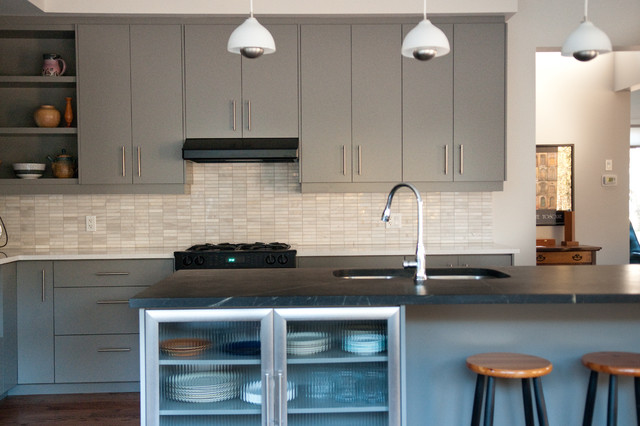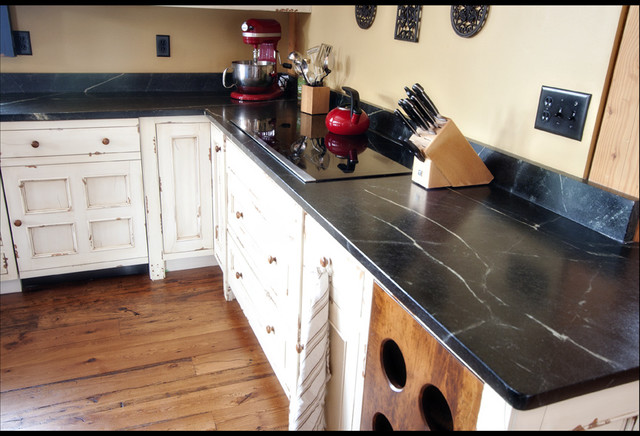Top 2014 Eco Wallcoverings
I feel that wallcovering is a bit like a lost art. Wallpaper used to be a fundamental tool of the decor trade, is practical, hides a multitiude of textural sins, and wondrously dates a remodel. Dates in a good way. It is so NOW, it creates such a vibrant and full atmosphere, it makes me sad there are not more out there with the courage to embrace the now and live in the present. Redecorate when the winds of taste change again in ten years until then enjoy it. I know this flies in the face of eco friendly design which centers around designing products and environments for life, but we mustn't lose sight of why we are doing this- we are still creating designer spaces for people to enjoy. If we use healthy responsible products I do not see a problem with using wild and sensational wallcoverings - if they make us happy!!!
I feature a few top picks below and if you read on you will see how you can make your own wallpaper adhesive.
Madison & Grow - made locally in Pasadena provide a beautiful organic selection of soft color palettes, nature inspired and geometric designs.
Made across the pond in Sweden - Eco Wallpaper www.eco.se - their environmental policy is to have the least possible environmental impact in their manufacturing processes. The paper is taken from one of the world’s most environmentally friendly forestry operations, with no clear-felling and with meticulous replanting of extracted forest. We do not use PVC or any harmful solvents, and all the printing inks and surface layers in the wallpapers are water-based. At Eco Wallpaper they have their own water treatment facility and conduct all production in combination with energy recovery.
(Dimensions Digital, Tweed & Revival)
For a more contemporary and perhaps commercial projects - MDC wall have a wide range of options. They have taken the time to have their products LEED rated, although sometimes I'm not convinced that this means that much. The MR credit 2 (avoiding landfill) for recycling just means that they accept back trim and scrap wallcovering to be recycled. That is putting the onus on the installer to make the product eco friendly. The MR credit 6 draws on renewable input materials like silk, linen, cottons, jute. This is all very admirable but are they actively contributing to the renewal process? One could argue as long as you used FSC wood paper supplies it was renewable. The MR credit 4 looks legitimately eco friendly with high percentages of recycled content. Still, hat's off for providing the detail into their product and manufacturing processes. I'm glad they will get specified for more LEED Projects as a consequence, raising awareness on a product's process and material inputs can only be a good thing!



----
DIY wallpaper paste
1 cup flour (wheat, corn, or rice)
3 teaspoons alum
water
10 drops oil of cloves (natural preservative)
Combine the flour and alum in a double boiler. (If you don’t have a double boiler, set a smaller pan inside a bigger one that contains enough water that can be brought to a boil without overflowing). Add enough water to make a consistency of heavy cream; stir until blended. Heat, stirring constantly, until the mixture has thickened to a gravy texture. Let cool. Stir in the clove oil. Pour into a glass jar with a screw top. Apply with a glue brush.
Makes 1 cup. Shelf life: 2 weeks refrigerated.





.jpg)






















